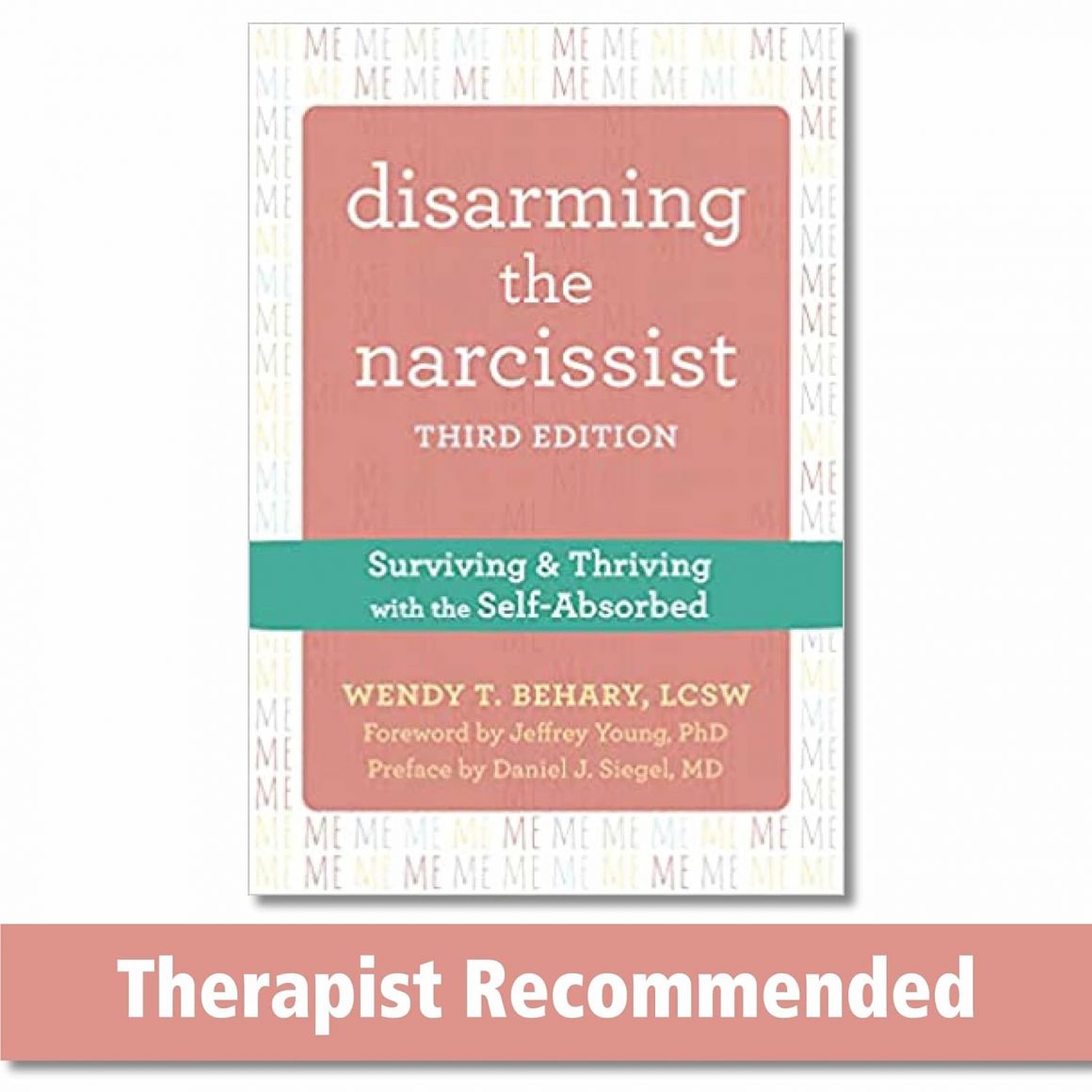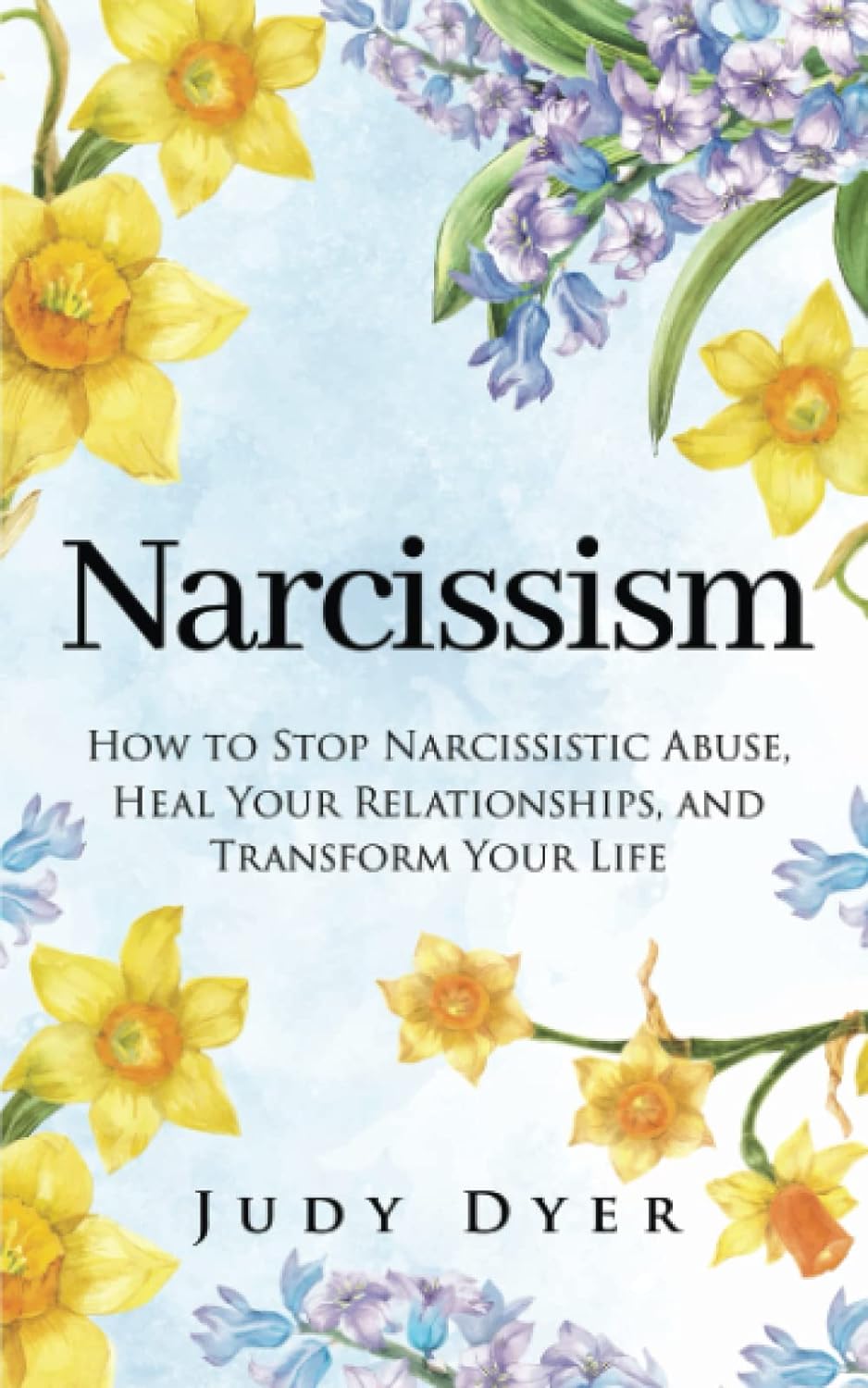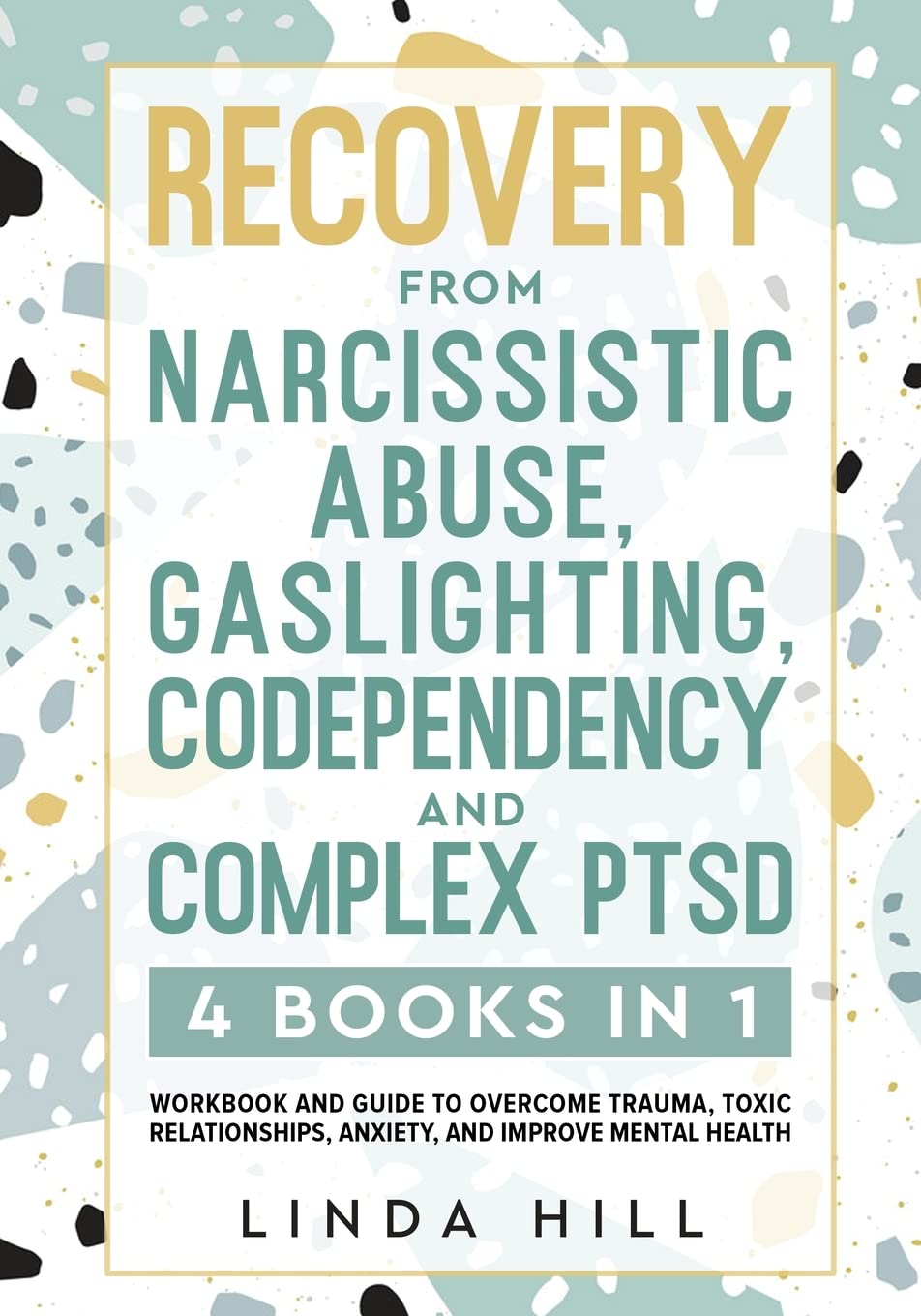Introduction
Narcissism isn’t just a fancy word tossed around in casual conversations. It’s a genuine personality disorder characterized by an inflated sense of importance and a deep need for excessive attention and admiration. Understanding how to deal with a narcissist is more than just a life skill – it can be essential in both personal and professional relationships.
So, why even talk about outsmarting a narcissist? Well, interacting with a narcissist can be draining and often leads to unnecessary conflict. This article isn’t about winning or being smarter than someone else; it’s about empowering oneself to navigate these tricky waters with confidence and tact. Whether it’s a co-worker, a family member, or even a friend, knowing how to handle these situations can make all the difference.
Recognize the Traits
Narcissism is more than just an inflated ego or a love of mirrors. It’s a complex pattern of behavior that can be hard to spot if you don’t know what to look for. Identifying common signs of narcissism isn’t about putting labels on people; it’s about understanding what drives them.
First off, there’s a constant need for admiration. Narcissists often seek praise and validation like it’s going out of style. Then there’s the lack of empathy; a true narcissist rarely cares about anyone’s feelings but their own. Add in a sense of entitlement and an expectation that others should bend over backward to meet their demands, and you’ve got a pretty clear picture.
But it’s important to tread carefully here. Confidence and ambition aren’t bad things, and they shouldn’t be confused with narcissism. The key difference lies in the balance and how these traits impact relationships with others. A confident person builds others up; a narcissist tears them down. Understanding this distinction can make interactions smoother and less fraught with misunderstanding.
How to outsmart a narcissist…
Set Firm Boundaries
Setting boundaries is like laying down the law, but without the gavel. With a narcissist, clear limits are more than just useful; they’re essential. It’s about saying, “Hey, this is where the line is drawn, and you’re not crossing it.” Of course, those aren’t the exact words to use, but you get the idea.
Boundaries come in many forms. It might be limiting time spent with a narcissistic individual, defining acceptable topics of conversation, or even setting physical space requirements. The key here is consistency. Once a boundary is set, it’s like a solid wall, and there should be no room for negotiation.
But let’s be clear: This isn’t about being stubborn or unyielding. It’s about self-preservation and maintaining a sense of control in a relationship that can often feel one-sided. By setting firm boundaries, the balance of power can shift, allowing for a more manageable and less stressful interaction. Just remember, it’s not a game of tug-of-war; it’s about creating a space where everyone knows the rules.
You may be interested in this book:

Backhanded Compliments
Don’t Feed the Ego
Narcissists thrive on attention. They’re like plants reaching for the sun, except instead of sunlight, they crave praise, compliments, and the spotlight. Giving into this need can be like adding fuel to a fire; it only makes things more intense.
Now, avoiding ego-boosting topics doesn’t mean being rude or dismissive. It’s more like a delicate dance where compliments are kept to a minimum and conversations are steered away from their favorite subject – themselves.
For example, if a narcissistic co-worker starts boasting about their latest achievements, a subtle change of subject to a more neutral topic can help keep things in check. It’s not about ignoring them or belittling their success; it’s about not letting the conversation become a one-person show.
The trick is to find that fine line where admiration doesn’t turn into adoration. By not feeding the ego, the relationship becomes more balanced, and the narcissistic behavior doesn’t take center stage. It’s a subtle art, but mastering it can make interactions with a narcissist more bearable and less exhausting.
Keep Emotions in Check
Dealing with a narcissist can be like walking on eggshells. One wrong step, and things can escalate quickly. Emotions can run high, and it’s tempting to let them take over. But here’s the thing: Losing your cool might just play into their hands.
Narcissists often thrive on drama, and showing strong emotions can be like handing them the remote control to your feelings. Keeping emotions in check isn’t about becoming a robot; it’s about staying in control of the situation.
This doesn’t mean suppressing feelings or pretending everything’s fine when it’s not. It’s about finding ways to stay calm and collected even when the narcissist is pushing all the buttons.
Breathing exercises, taking a moment to think before reacting, or even physically stepping away from a heated situation can all be effective strategies. The goal here is to respond rather than react.
Why does this matter? Because keeping emotions in check can prevent the narcissist from gaining the upper hand. It’s like keeping the walls of a fortress strong and unbroachable. They might try to storm the gates, but with a steady hand at the helm, they won’t get far. It’s not about winning; it’s about maintaining self-respect and dignity in the face of challenging behavior.
Seek Professional Help if Needed
There’s no shame in calling in the cavalry. Dealing with a narcissist, especially if it’s a close relationship, can be like navigating a maze with no exit in sight. Sometimes, professional guidance is the key to finding the way out.
Therapists or counselors trained in dealing with personality disorders can offer strategies tailored to specific situations. It’s like having a coach in your corner, guiding you through the rough patches and helping you develop the skills needed to cope.
Now, this isn’t about “fixing” the narcissist. That’s a whole different ball game and often outside the realm of possibility. Instead, it’s about finding support for oneself and learning how to manage the relationship in a healthy way.
Resources like support groups or online communities can also be valuable allies. Sharing experiences and gaining insights from others who have been in the same boat can be both comforting and enlightening.
The bottom line? If things are getting too tough, don’t hesitate to reach out for professional help. It’s not a sign of weakness; it’s a step towards empowerment and well-being. Sometimes, a little expert guidance can make all the difference in turning a bewildering challenge into a manageable situation.
You may be interested in this book:
Utilize the “Gray Rock” Method
Ever heard of the “Gray Rock” method? If not, here’s the rundown. It’s like becoming the human equivalent of a dull, uninteresting rock when interacting with a narcissist. Sounds odd, but stick with me.
The idea is to be as uninteresting and unresponsive as possible. It’s not about being rude or standoffish, but rather responding in a way that offers no fuel for the narcissist’s need for drama or attention.
Imagine a conversation where the narcissist is looking for a reaction, but all they get are bland, non-committal responses. It’s like throwing a spark into a puddle instead of a pile of dry leaves. No fire, no excitement, just a dull fizzle.
Why does this work? Because narcissists are often looking for an emotional reaction. By going “gray rock,” there’s nothing to feed off, and the conversation often loses its appeal for them.
But a word of caution: This method isn’t a one-size-fits-all solution. It can be useful in certain situations but might not be the best approach with close family members or in professional settings where more nuanced communication is needed.
The “Gray Rock” method is just one tool in the toolbox, but it can be an effective one when used with care and understanding. It’s less about playing games and more about finding a way to interact without getting sucked into the narcissist’s world.
Protect Yourself
Navigating the choppy waters of a relationship with a narcissist requires more than just skill; it requires self-care. Protecting oneself isn’t about building a fortress and hiding away; it’s about knowing when to engage and when to walk away.
Creating a safe space, both mentally and physically, can be crucial. Whether it’s finding time for hobbies, leaning on supportive friends, or simply taking a break from the interaction, self-care is key.
In some situations, protection might mean seeking legal or professional advice. This isn’t about declaring war; it’s about ensuring safety and well-being. Trusting one’s instincts and recognizing when things are crossing the line is a vital part of this process.
Let’s not sugarcoat it; dealing with a narcissist can be taxing. But it’s not an insurmountable challenge. By focusing on self-protection and recognizing personal needs, the path becomes less treacherous.
It’s not about outwitting or outplaying the narcissist; it’s about self-preservation and well-being. Just like putting on a seatbelt or applying sunscreen, protecting oneself in these relationships is a practical and essential step. It’s not selfish; it’s smart. And in the long run, it’s the foundation for maintaining balance and sanity in a potentially chaotic environment.
You may be interested in this book:
Conclusion
Wrapping up this exploration of dealing with narcissists, it’s clear that there’s no magic wand or one-size-fits-all solution. It’s a complex issue that requires understanding, patience, and a solid toolbox of strategies.
From recognizing the traits to setting firm boundaries, from keeping emotions in check to seeking professional help if needed, the road is filled with twists and turns. Tools like the “Gray Rock” method or focusing on self-protection can be invaluable along the way.
But here’s the takeaway: It’s not about winning a battle or proving who’s smarter. It’s about empowering oneself to navigate a challenging relationship with dignity and respect. Whether it’s a co-worker, family member, or friend, understanding how to interact with a narcissist can transform a stressful situation into a manageable one.
It’s not easy, and it’s not always straightforward, but with the right approach, it’s possible to find a path that works. And at the end of the day, that’s what it’s all about: finding a way to coexist without losing oneself in the process.








1 comment
The woman I thought to be my mother announced she isn’t about 5 yrs ago. My life is worse than a living HELL. She has completely isolated me, tired everyone I know against me and even people I don’t know. I’m about to turn 57 yrs old and if something isn’t done and done soon I’ll be, no more! I’m scared! I’m worried! Having limited finances makes it even more difficult to run. Please I need serious advice.